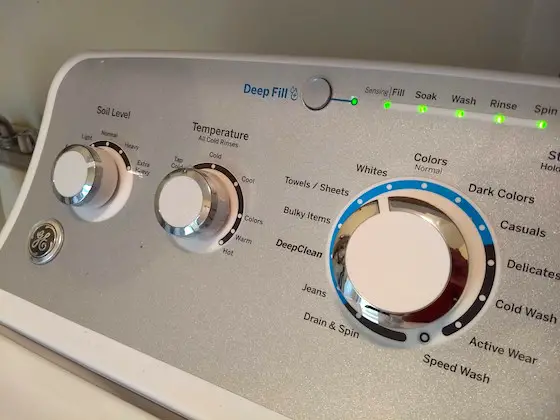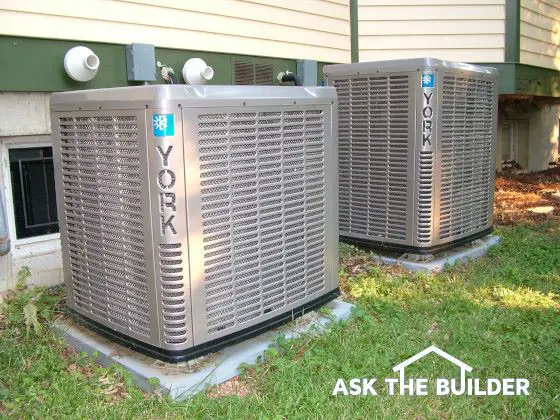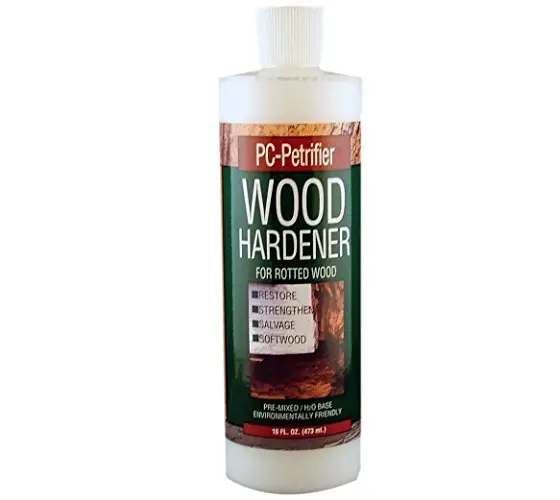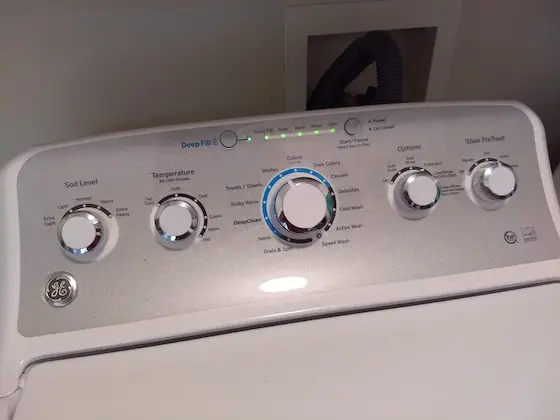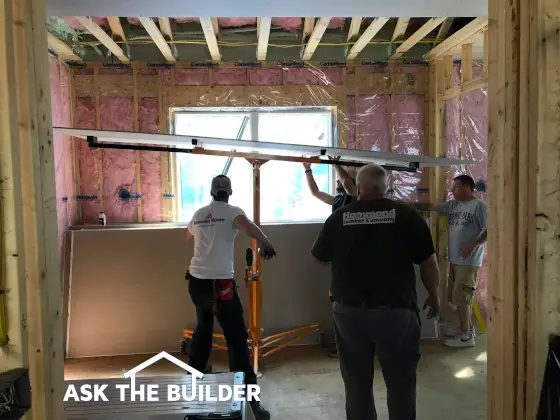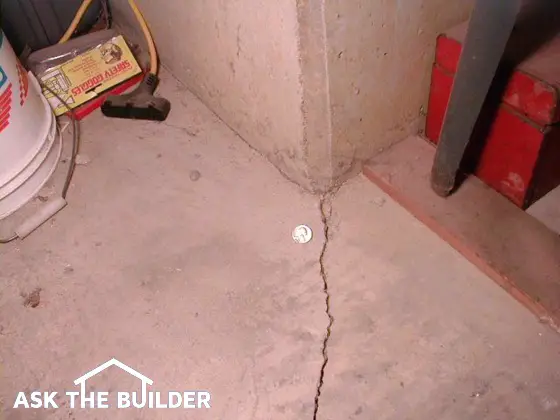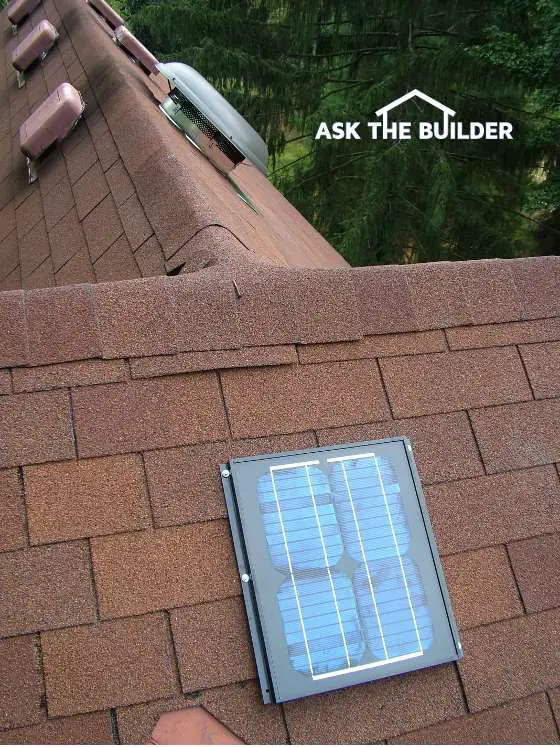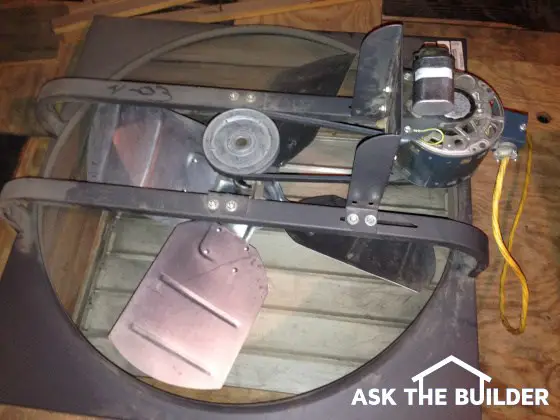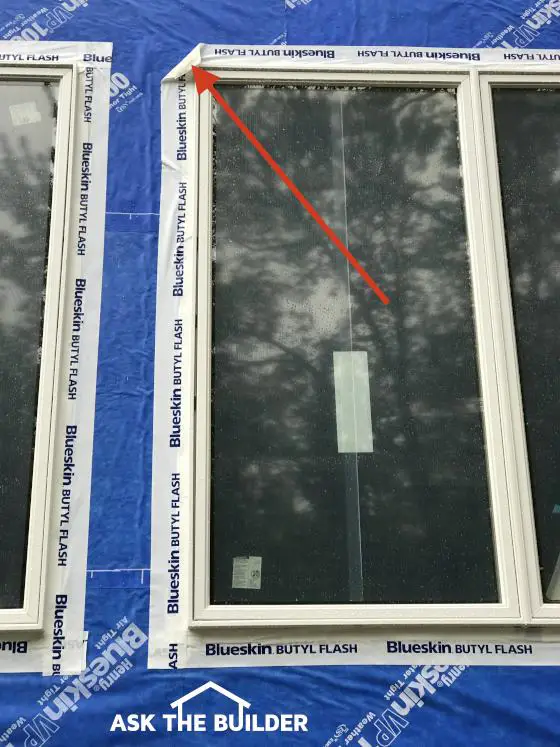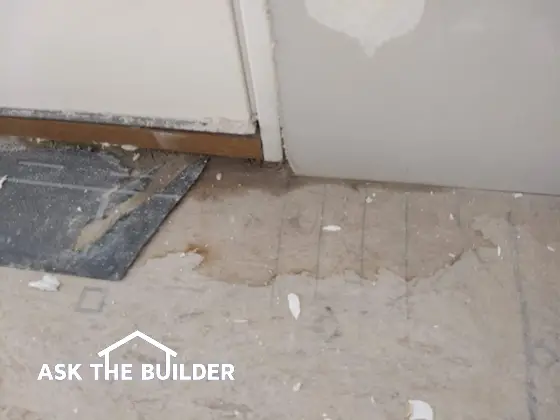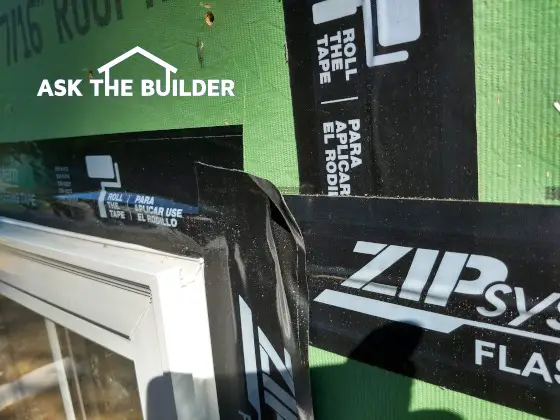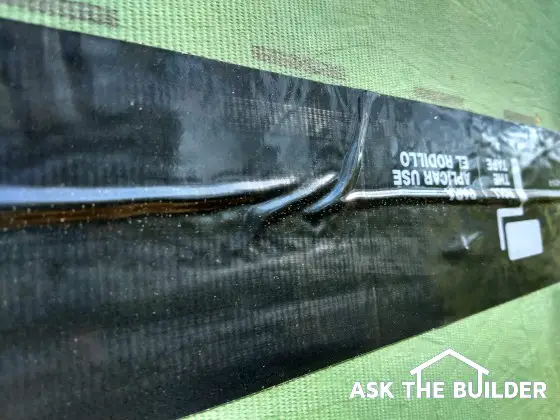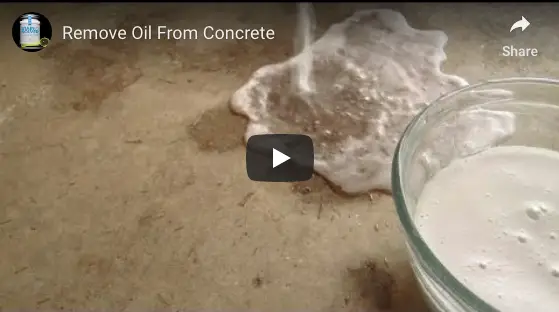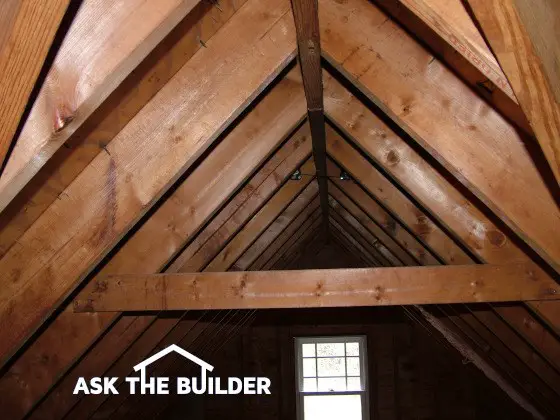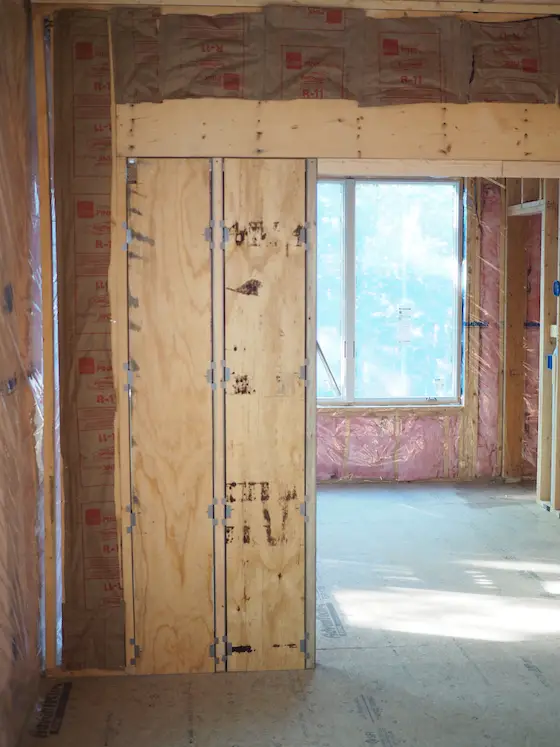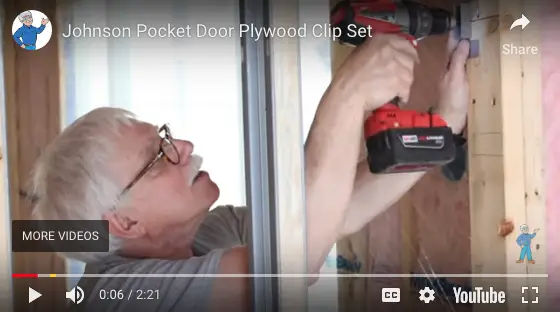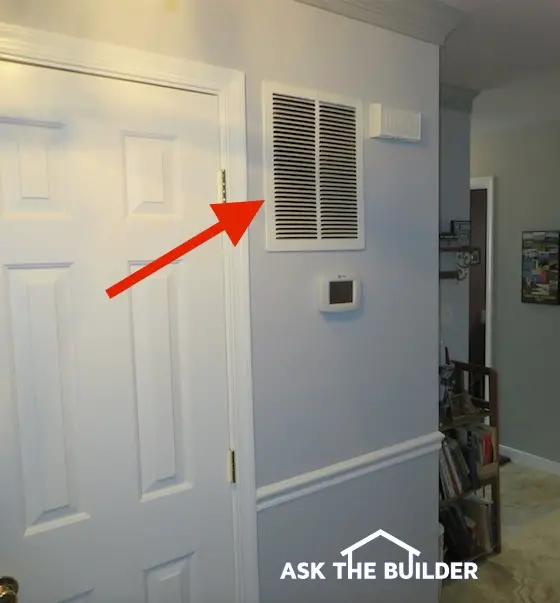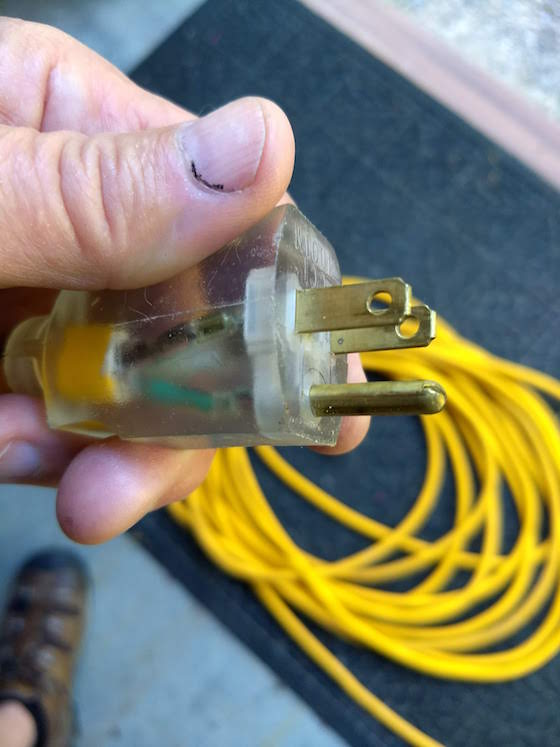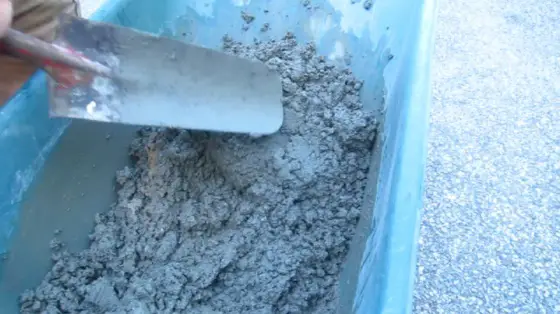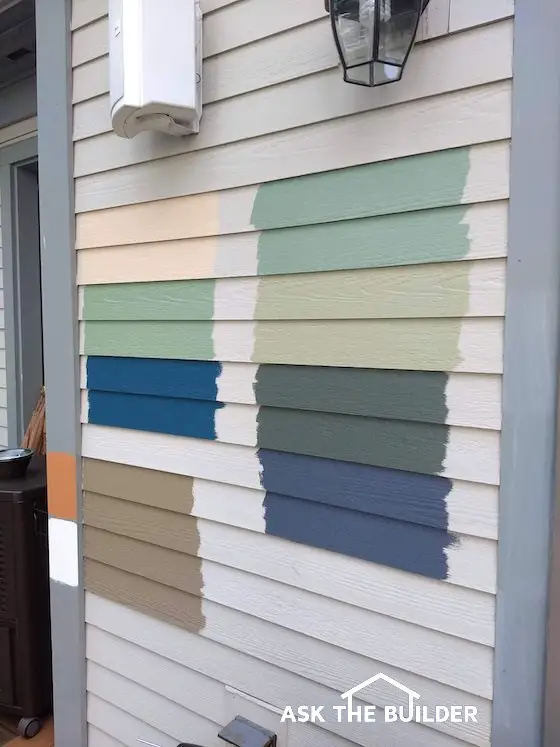
House Paint Color Ideas | One of these colors may end up over the entire house. Color selection confounds many. (C) Copyright 2019 Tim Carter
"If your roof makes up lots of what you see when you view your home from the street, you need to make sure the color of the roof compliments the house colors."
House Paint Color Ideas - Drive Around & Cruise the Internet Too
Please help me, Tim! I’m trying to select a new color for the outside of my house. I’m frozen and unable to make a decision looking at samples on a brochure. I don’t want to make a mistake. Please share a few tips that can relieve my anxiety like ice cream satisfies my sweet tooth. Deb M., Turtle Lake, ND
You may be like Deb. If so, you’re not alone. Color selection stymies lots of people, including me! The ability to visualize different and complementary colors over large areas, like the outside of a home, is a gift. Treasure it if you have it.
The anxiety surrounding a decision like this is real. You may not want your house to look ugly to others. You don’t have the money to correct a color mistake. You need to get it right the first time. If you need to match a color you love, you better read my matching paint colors column now.
I’ll share with you the same advice I gave my customers years ago. Get in your car and drive around through neighborhoods looking for houses that look like yours and have a color scheme that you really like. This can now be done sitting in your living room looking at hundreds of house listings on real estate sites. You can also use different social media websites that curate millions of photos of houses.
Should I Apply Test Colors?
Once you locate a few colors you like, use the color chip samples from paint stores to get close to the colors that excite you. Purchase a small sample can and paint part of your house with it. Be sure to wash this part of the house with soap and water before applying the paint.
Realize that colors can fool you. It’s important to realize that a color that looks great on a small chip may appear much darker when it dries on a larger area. Paint stores can reduce the color saturation to reduce the boldness of the color by adding not as much of the pigment to the base.
Should I Try to Match the Roof Color?
If your roof makes up lots of what you see when you view your home from the street, you need to make sure the color of the roof compliments the house colors. The same is true for windows you might have that come with a factory color that can’t be changed.
The key to eliminating your anxiety is by selecting colors that make you feel good. Most people have certain colors that create a feeling of happiness. For me, it happens to be bright blues, reds and some greens.
I also recommend that once you feel you have the right colors, remember you can paint the trim a different color than the main body of the house, I recommend you paint part of one side of the house. Stand back and look at it at different times of day to ensure you really feel good about what it will look like when complete.
What About Using More than Two Colors?
Don’t be afraid to have three or four colors on display at your home. The last Queen Anne Victorian house I built for my family had four colors, plus a natural wood-stained soffit. The wood siding was a mild butter yellow, the fascia boards and door and window trim were a lighter forest green, the windows were a dusty beige and our front door was a bold scarlet red. My wife selected the color scheme and we received lots of compliments about it.
